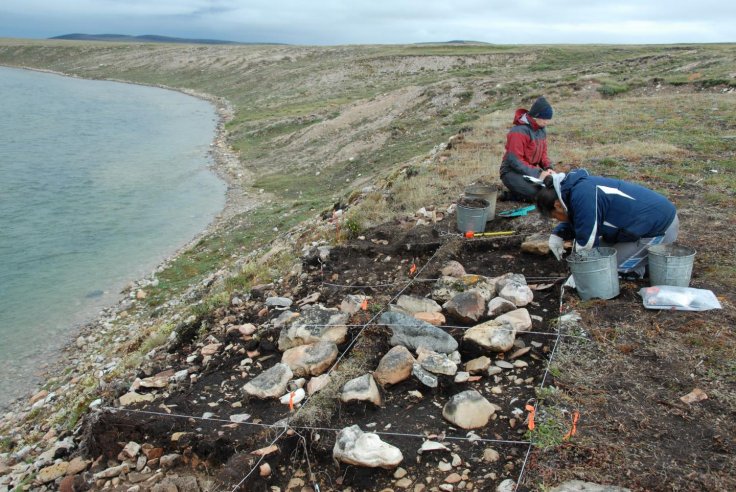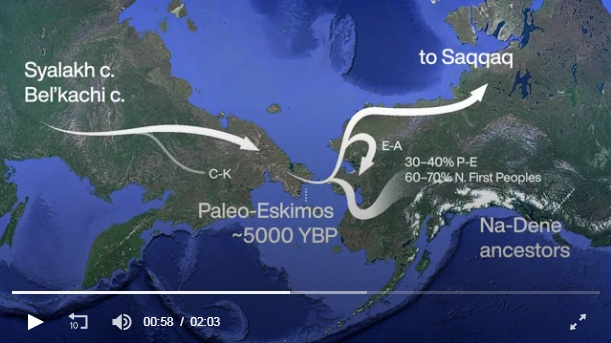
The first humans in North America, as per new records, arrived from Asia some time before 14,500 years ago but the next major stream of gene flow came about 5000 years ago, by Paleo-Eskimos, said a new study on human history.
Paleo-Eskimos or their culture totally disappeared about 700 years ago by the advent of present-day Inuit and Yup'ik people across the Arctic. Their genetic legacy remained contentious, with several genetic studies arguing that they made little contribution to later North Americans.
The new study focused on generating genome-wide data from 48 ancient individuals and 93 modern individuals from Siberia, Alaska, the Aleutian Islands and Canada, to determine how they might be related to each other.
The researchers were able to show that a substantial proportion of the genetic heritage of ancient and modern American Arctic and Chukotkan populations comes from Paleo-Eskimos. This includes people speaking Eskimo-Aleut languages, such as the Yup'ik, Inuit and Aleuts, and groups speaking Na-Dene languages, such as Athabaskan and Tlingit speakers, in Canada, Alaska, and the lower 48 states of the United States.
These researchers said Paleo-Eskimos interbred with people with ancestry similar to more southern Native peoples shortly after their arrival to Alaska, between 5,000 and 4,000 years ago. They also found that the ancestors of the Inuit and Yup'ik people crossed the Bering Strait at least three times: first as Paleo-Eskimos to Alaska, second as predecessors of the Old Bering Sea archaeological culture back to Chukotka, and third to Alaska again as bearers of the Thule culture.

During their stay in Chukotka that likely lasted for more than 1000 years, Yupik and Inuit ancestors also admixed with local groups related to present-day Chukchi and local peoples from Kamchatka. In fact, Paleo-Eskimo ancestry is widespread today in Na-Dene language speakers, which includes Athabaskan and Tlingit communities from Alaska and northern Canada, the West Coast of the United States, and the southwest United States.
"For the last seven years, there has been a debate about whether Paleo-Eskimos contributed genetically to people living in North America today; our study resolves this debate and furthermore supports the theory that Paleo-Eskimos spread Na-Dene languages," explains David Reich of Harvard Medical School.
The researchers hope that the paper will provide an example of the value of genetic data, in the context of archaeological knowledge, to resolve long-standing questions since Paleo-Eskimos left a lasting legacy that extends across North America.









